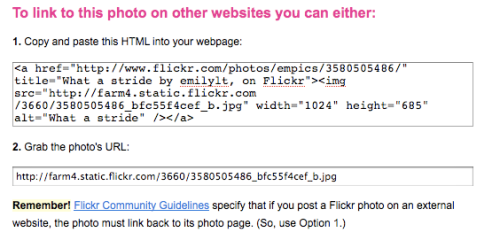LukeW of Functioning Form asked two great questions at the end of a recent post:
How many times do designers think they need to control an experience when instead they should focus on how to influence it? What interaction design or information architecture solutions maximize the sphere of influence to promote value creation, positive social norms, and more in software applications?
Of course, I immediately thought about the implications of influence over control in parenting. You can’t control a 17-month-old, but you can influence him if you’re consistent about your expectations. It’s a skill I’m still getting the hang of. I provide social cues like frowning or smiling, distract him away from bad behavior, provide positive feedback for good behavior, and set up age-appropriate punishments.
Parenting really is interaction design. I’m trying to influence the way my son interacts with the world around him. I don’t want to control him; I want to suggest options and let him make decisions. Sure, some things aren’t up for debate, but learning to make positive choices is important. Kids are new to the world and are just learning the rules.
Users are the same way. When they come to your website or software application for the first time, they are new to your world. They don’t know (and probably don’t care about) your rules. For example, most sites and applications have Terms of Service. Whether the user accepts them actively by checking a box or passively by using the site, we all know they probably won’t remember them (if they even read them). If that is supposed to control user behavior, it doesn’t. It would be like giving a list of rules to my son and then leaving him to his own devices for the next 18 years.
Flickr gets that. I’ve agreed to their Terms of Service, but they don’t expect that I remember the rules well enough to comply with them every time I’m on their site. There is one rule they really seem to care about: When I use a picture hosted on their servers in a blog post or a forum, they want me to link back to Flickr. Is it possible to get away with not doing that? Sure, but here’s how they try to influence you otherwise:

Flickr doesn’t want to be an ogre about this. I’m sure I’ve violated this guideline in the past. They didn’t take away my account and delete all my pictures. That kind of extreme punishment would solve the problem– except we’d all hate Flickr and their user base would shrink. But they do prefer a certain behavior and consistently offer it as the best option. That’s the art of influence as applied to interaction design.

I have it on good authority that FLICKR has a guy with a wooden spoon come to your house if you don’t toe the line.
Are you threatening me?!
Pingback: Sweet and Salty « Upgrade Now